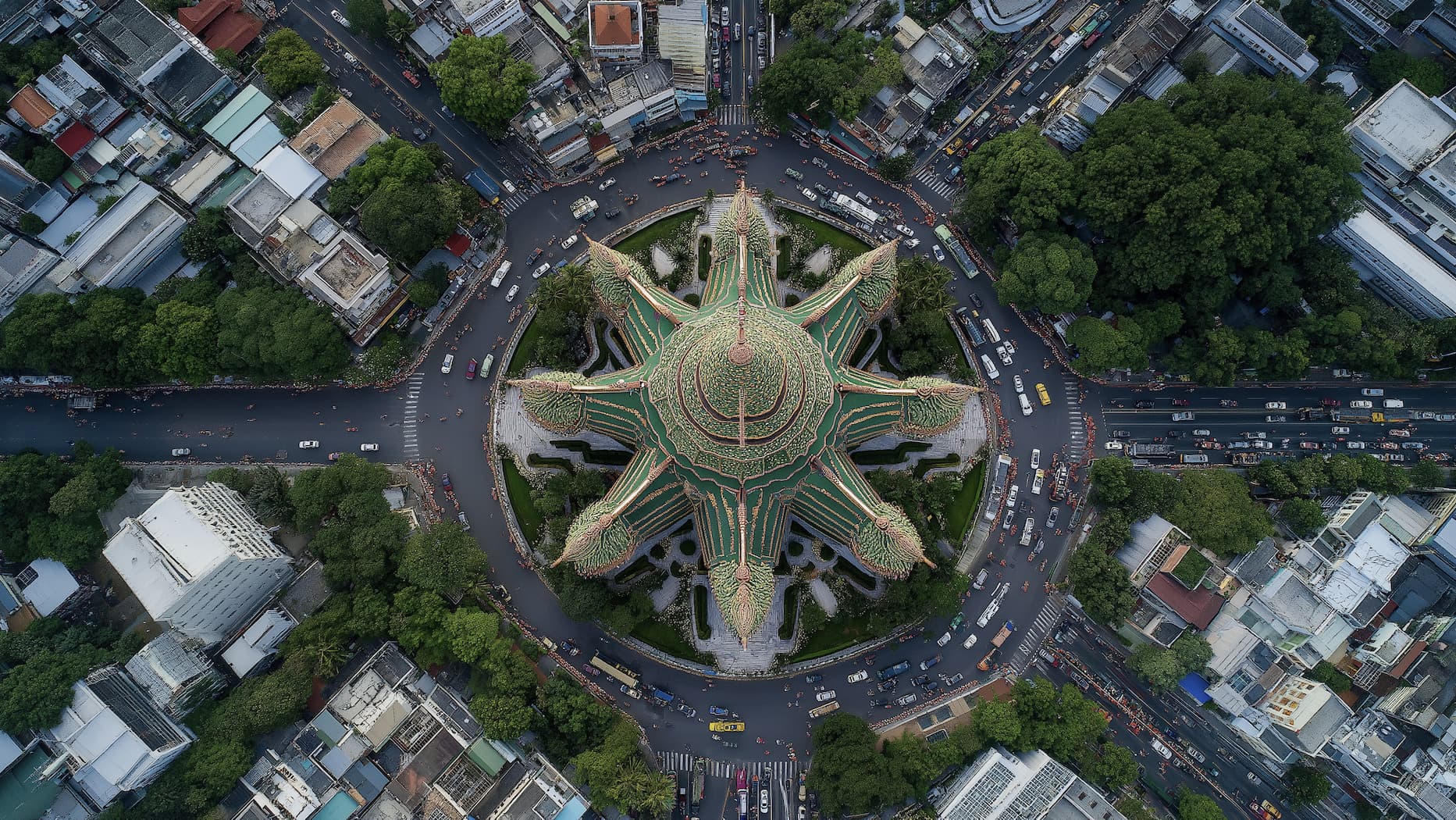
Saint Kitts’ Internet Revolution: From Fiber-Fast Speeds to Satellite Connectivity
Key Facts at a Glance Overview of the Internet Landscape in Saint Kitts Saint Kitts and Nevis (population ~47,000) enjoys a robust internet landscape for its size. Internet penetration is around 76% datareportal.com, meaning over three-quarters of citizens use the










